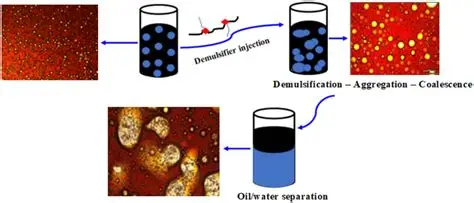From Sludge to Clarity: How Chemicals Clean Our Wastewater
1. Flocculant
Flocculants act like "magic glue" in sewage. They are mainly divided into inorganic flocculants and organic flocculants. Inorganic flocculants include common substances such as aluminum sulfate and polyaluminium chloride. They work by neutralizing the charges of colloidal particles in wastewater, causing these small particles to clump together into larger flocs. It's akin to sand particles freely dispersed in water sticking together due to glue, gradually becoming larger until they settle down. Organic flocculants, like polyacrylamide, operate slightly differently by adsorbing and bridging, connecting colloidal particles to form bigger flocs for separation.
2. Coagulant
Coagulant aids are usually used in conjunction with flocculants to enhance their effectiveness. For instance, when the pH level of sewage is not suitable for flocculants to function optimally, coagulant aids can adjust the pH, creating a more favorable environment. Some coagulant aids also increase the strength of flocs, ensuring they do not break apart easily during sedimentation, thus maintaining settling efficiency.

Figure 1. The combination of Coagulant and Flocculant
3. Oxidant
Oxidants play a significant role in wastewater treatment. Common examples include chlorine gas, chlorine dioxide, potassium permanganate, etc. These oxidants decompose harmful substances in wastewater. For example, some organic compounds from industrial effluents or detergents in domestic wastewater can be oxidized into harmless substances like carbon dioxide and water. This process acts like a "clean-up" operation for the wastewater, rendering it clean and non-toxic.
4. Reducing Agent
Contrary to oxidants, reducing agents are used primarily for treating wastewater containing oxidative substances. For example, if there are excessive heavy metal ions in wastewater existing in high oxidation states, reducing agents can convert them into lower oxidation states, reducing toxicity and facilitating subsequent removal through precipitation. Sodium sulfite is a commonly used reducing agent that can reduce certain heavy metal ions, making them easier to separate from wastewater.
5. pH Adjuster
Their main role is to adjust the acidity or alkalinity (pH) of wastewater to an optimal range for further treatment processes. Common pH adjusters include inorganic acids like sulfuric acid and hydrochloric acid for lowering pH, and alkaline substances like sodium hydroxide and lime (calcium hydroxide) for raising pH. Proper pH adjustment is crucial because many water treatment processes, including flocculation, sedimentation, and biological degradation, are highly sensitive to pH levels. Precise addition of pH adjusters ensures the quality of water returns to an ideal state, laying a solid foundation for subsequent treatments.
6. Demulsifier
In oily wastewater, oil droplets are often encapsulated by emulsifiers, stably dispersed in water forming emulsions that are difficult to naturally separate—similar to milk. Here, demulsifiers come into play. Common demulsifiers include cationic, anionic, or non-ionic surfactants, such as polyether compounds, amines, or quaternary ammonium salts. They work by disrupting the protective layer on the surface of oil droplets, neutralizing their charge, or altering interfacial tension, leading to the breakdown of stable emulsion systems. Oil droplets then re-aggregate and float up, achieving oil-water separation. Demulsifiers are key facilitators in separating water from oil, widely used in industries like petroleum, mechanical processing, and food processing for wastewater treatment.

Figure 2. Function of Demulsifier


